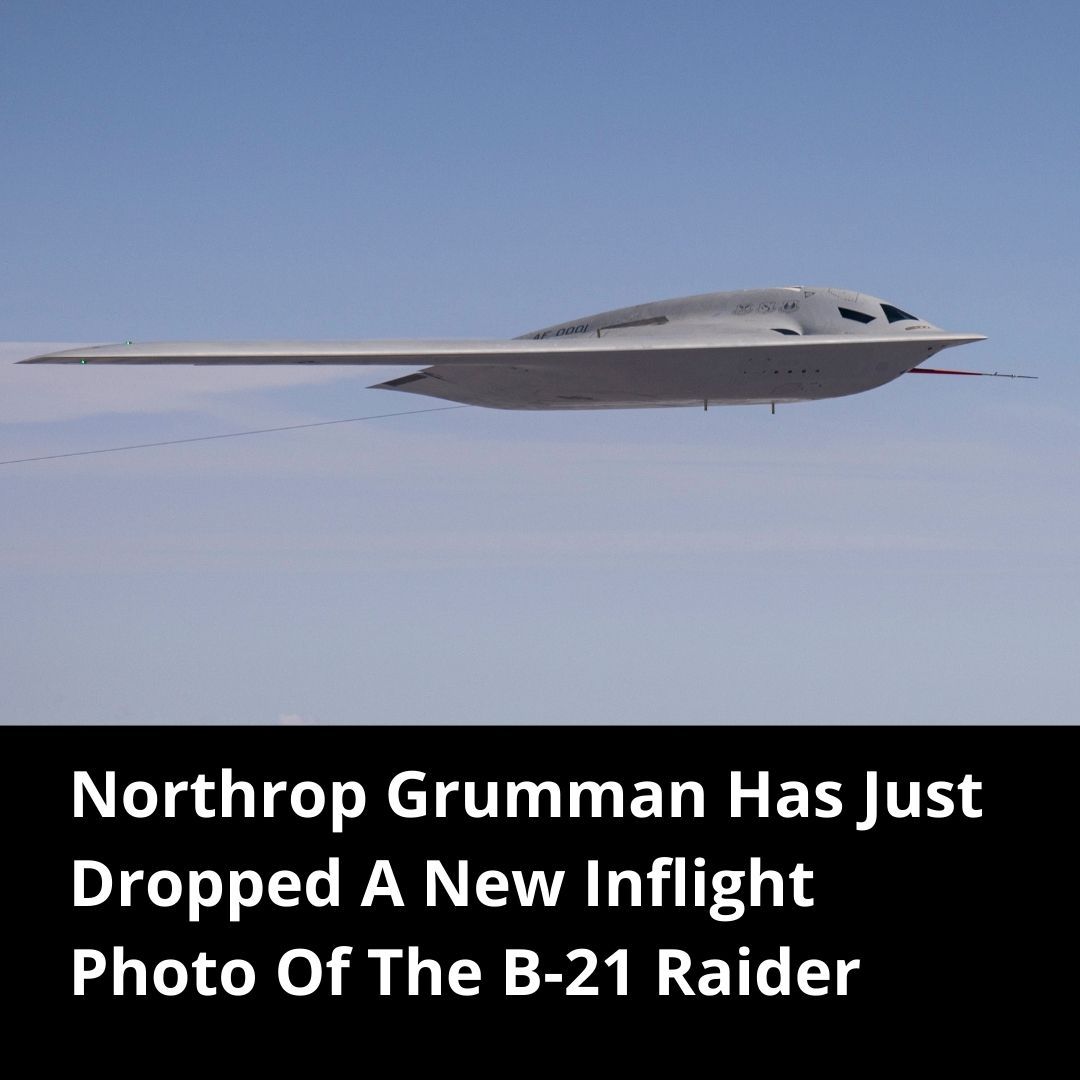Aerial refueling is a complex and dangerous operation that involves significant risks, such as hoses breaking, fuel spills, and mid-flight collisions. Despite these hazards, aircraft can safely refuel with their engines running and in the presence of fuel leaks, unlike cars that require engines to be off at gas stations. This article explores various incidents related to aerial refueling and the innovative concept of using roads as airstrips for military aircraft.
The Dangers of Aerial Refueling
E-3 Sentry Incident
During one aerial refueling operation, an E-3 Sentry moved too close to the tanker. The boom auto-disconnected, and the E-3’s bow wave pushed the tanker’s tail up, causing the auto-pilot trim to disengage. This led to the tanker descending toward the E-3, which quickly dived down to avoid a collision.
CH-53 Sea Stallion Incident
A CH-53 Sea Stallion experienced turbulence during refueling. The pilot’s quick reaction to pull up prevented the drogue from being caught in the rotor blades, averting a potentially fatal accident. Losing the ability to refuel in hostile environments or severe weather can complicate operations, although helicopters can land using autorotation when engines fail.
Whiplash and Hose Incidents
Maintaining a fully extended hose is crucial during refueling. A slack hose can result in whiplash, breaking the drogue. Broken hoses can be sucked into engines, causing significant damage. An F-35C was once damaged by a refueling basket ingested into its intake, costing $2 million in repairs.
High-Cost Collisions
On September 29, 2020, a KC-130J and an F-35 collided mid-air during refueling, leading to the destruction of the F-35 and severe damage to the KC-130J. The KC-130J made an emergency landing in a field, resulting in over $150 million in damages.
Landing Military Aircraft on Roads
Landing military aircraft on roads is not new and is a strategy to disperse forces, making them harder to target. The practice has been used during conflicts, such as the Russo-Ukrainian war, where roads and highways serve as airstrips to evade missile and drone attacks.
Dispersion Tactics
The U.S. military and other forces like the Royal Norwegian Air Force have practiced landing aircraft on roads to stay mobile and less detectable. The U.S. Marines landed an F-35B on an old California highway, which is now a training facility. This exercise aims to master the logistics of using roads as airstrips, including identifying suitable roads, preparing surfaces, managing air traffic, and ensuring timely resupply.
Challenges and Logistics
The logistics of landing and operating from roads are complex. It involves ensuring the roadway is suitable, setting up bases quickly, and managing supplies and refueling operations. The concept, known as Agile Combat Employment (ACE) for the U.S. Air Force and Expeditionary Advanced Base Operations (EABO) for the Marines, emphasizes mobility and low-signature bases.
The Threat of Social Media
While the concept of using existing infrastructure like roads is practical, it poses challenges due to the presence of local populations with smartphones and social media. People tend to post pictures of unusual activities, like military aircraft on roads, which can be geolocated by adversaries, compromising operational security.
Pilot Shortage and Training
The U.S. military faces a pilot shortage, partly due to competition with the airline industry. Training pilots to handle multiple tasks, including refueling their aircraft, is part of the solution. However, recruiting and retaining pilots remains a significant challenge.
Innovative Logistics Solutions
To address the logistical challenges, the military is exploring innovative solutions like using drones for resupply and new platforms like the Liberty Lifter and autonomous low-profile vessels (ALPV) for strategic and tactical logistics. These platforms aim to be less vulnerable to enemy threats and enhance the mobility and sustainability of dispersed forces.
Conclusion
Aerial refueling and the concept of using roads as airstrips involve significant challenges but are crucial for maintaining operational flexibility and resilience in modern warfare. Innovative logistics and careful planning are essential to overcoming these challenges and ensuring the effectiveness of dispersed military operations.



